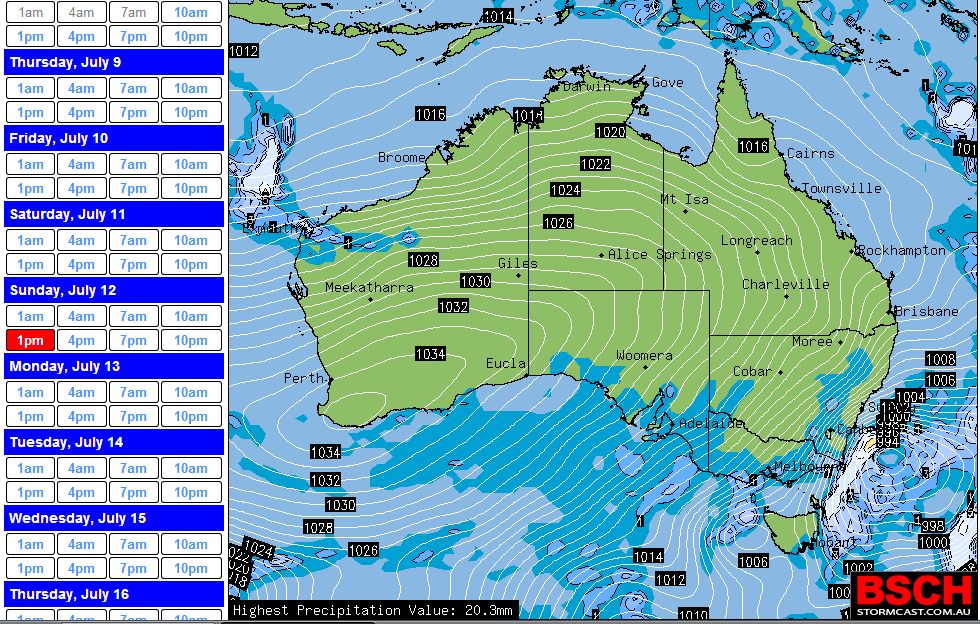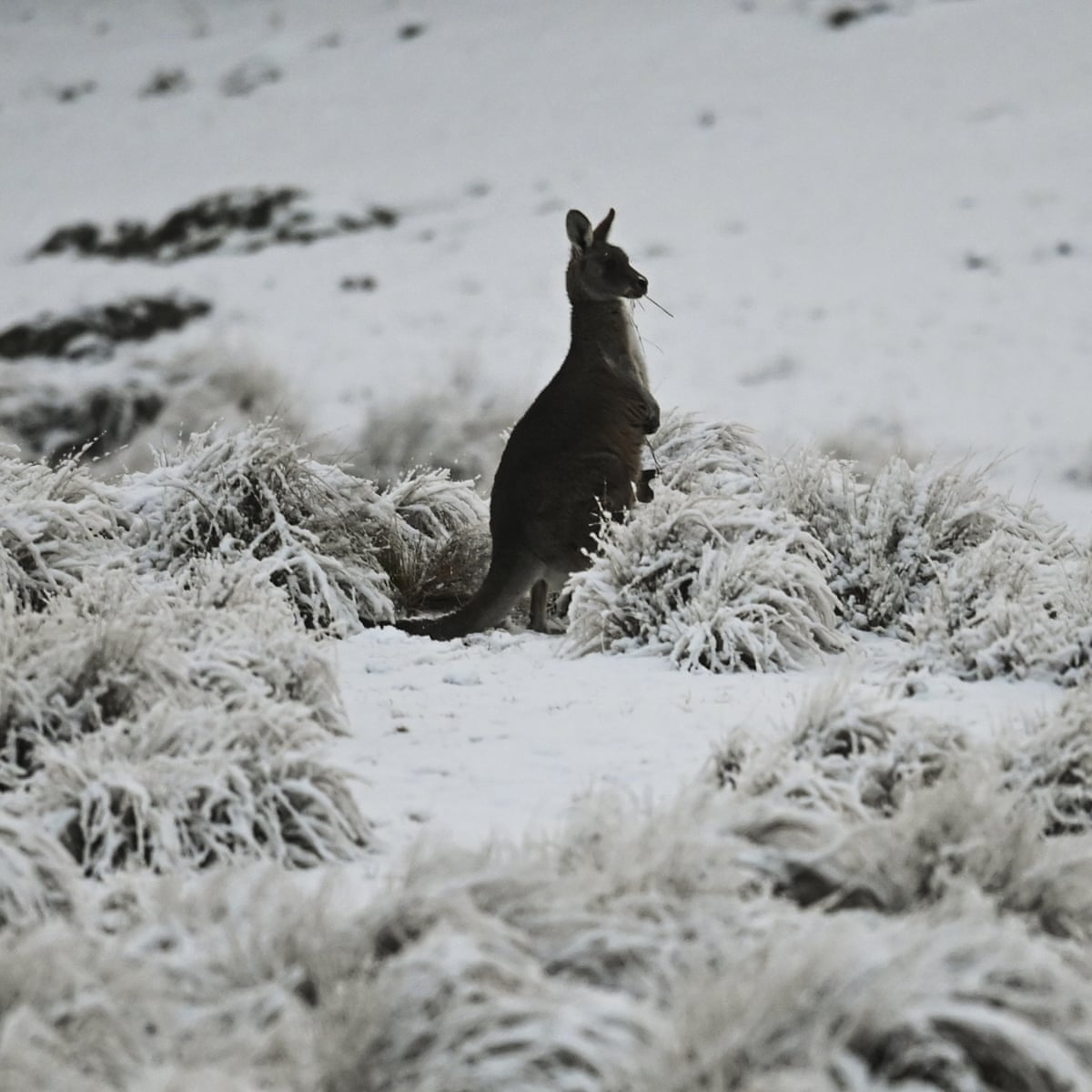Explore Secluded Destinations for Snow In Australia Getaways
Explore Secluded Destinations for Snow In Australia Getaways
Blog Article
Discover the Remarkable Effects of Snow in Australia on Local Communities
Regardless of its reputation for sun-soaked landscapes, Australia additionally flaunts areas blanketed by snow-- a sensation that exceptionally affects the nation's one-of-a-kind ecological communities. The insulating residential properties of snowflakes secure flora and fauna in the middle of the chilliest winters, while the melting snow supports rivers and water life. However, the actual wonder hinge on how these frosty problems shape the country's biodiversity and nutrient cycles. As we untangle this elaborate connection, we locate ourselves walking on unexplored grounds in Australia's high nation.
The Unexpected Regions of Snowfall in Australia
Although Australia is usually related to sandy coastlines and sun-scorched landscapes, specific regions surprisingly experience snowfall. The high nation regions of New South Wales, Victoria, and Tasmania are specifically known for their winter season snow. The Snowy Hills in NSW, as an example, obtain abundant seasonal snow, offering a raw comparison to the country's typical warm, arid environment. The Victorian Alps and parts of Tasmania likewise see annual snowfalls, changing the landscape right into a wintertime heaven. These areas are not just abnormalities but integral components of Australia's diverse environment system. The visibility of snow in these areas significantly influences local ecosystems, subsequently affecting the country's distinct biodiversity. The particular effect on Australia's distinct plants will be talked about in the next area.

Exactly How Snow Impacts Australia's Special Vegetation
These plants have advanced to endure in extreme problems, with snow offering as a safety covering from extreme winds and freezing temperatures. The snow also adds to the wetness web content of the soil, giving required hydration for plant life throughout the completely dry summertime months. In essence, the snow influences the timing of flowering and seed dispersal, the development rates, and the survival of several plant types, showcasing the complex interplay in between environment and vegetation in Australia.

The Adjustments of Australian Animal to Snowfall
Simply as Australia's flora has adjusted to the wintery conditions, the neighborhood fauna too, show remarkable adjustments to the snowfall. Types like the Mountain Pygmy-possum, the only Australian marsupial recognized to hibernate, have progressed techniques to survive in snowy settings. It uses the snow as insulation, hibernating in rock gaps beneath the snow to stay warm. The Snow Skink, a types of lizard, alters its colour to white throughout winter season, providing camouflage against killers. Birds such as the Snowy Hills' Crimson Rosella likewise change their diet plans to take in offered food sources during cooler durations. Hence, regardless of the harsh problems, Australian fauna shows a flexible and resilient nature, ensuring their survival in areas experiencing snowfall.
The Role of Snow fit Local Ecosystems
In shaping the local environments, the function of snow in Australia is both multilayered and profound. Snow provides a critical water source, feeding rivers and reservoirs as it thaws, therefore supporting a variety of marine life types. The presence of snow forms the plant life patterns, pet behavior, and total sustainability of Australia's special environments.

The Future of Snowfall in Australia: Effects and forecasts

Provided the critical role snow plays find out fit neighborhood ecosystems, the future of snowfall in Australia is attracting enhancing interest from scientists and ecologists. Current climate models forecast a significant decrease in snowfall because of worldwide warming, with potentially extensive effects on local communities. Less snow might result in reduced water accessibility in towering regions, detrimentally influencing wild animals habitats and plant. Furthermore, it could change the timing of seasonal changes, disrupting the life process of several indigenous varieties. The tourism market, heavily dependent on the wintertime Homepage snow period, may also face significant challenges. Consequently, recognizing these forecasts and their implications is crucial to create reliable conservation techniques, making sure the preservation of Australia's one-of-a-kind biodiversity and the sustainability of its economic situation.
Verdict
The function of snow in Australia's ecological communities is crucial yet usually ignored. Therefore, the snow in Australia is much more than an all-natural phenomenon; it's an essential player in the nation's ecological story.
Regardless of its online reputation for sun-soaked landscapes, Australia likewise boasts regions buried by snow-- a sensation that exceptionally affects the country's special ecosystems. It uses the snow as insulation, hibernating in rock crevices beneath the snow to remain cozy - Does It Snow In Australia.In forming the regional ecosystems, learn this here now the duty of snow in Australia is both multilayered and profound. The presence of snow forms the plants patterns, animal actions, and overall sustainability of Australia's distinct ecosystems
Given the critical duty snow plays in forming local communities, the future of snowfall in Australia is drawing boosting interest from scientists and conservationists.
Report this page